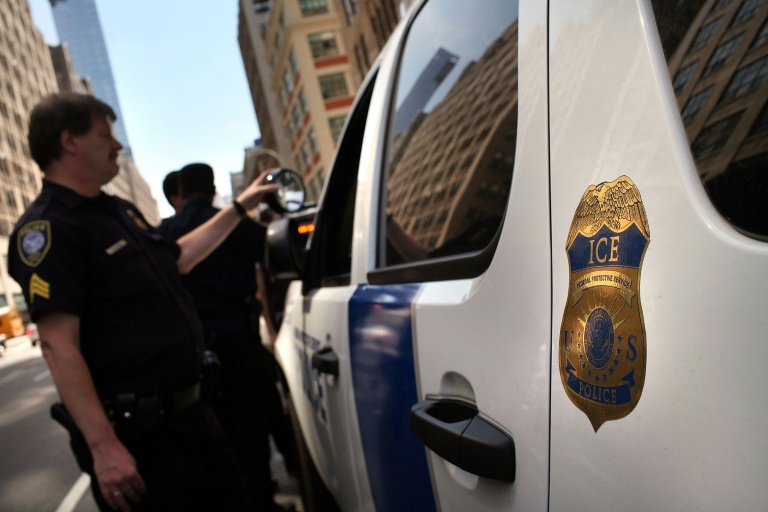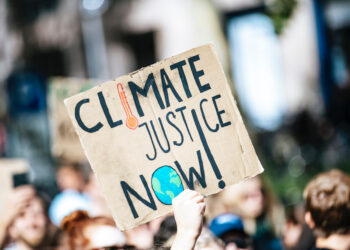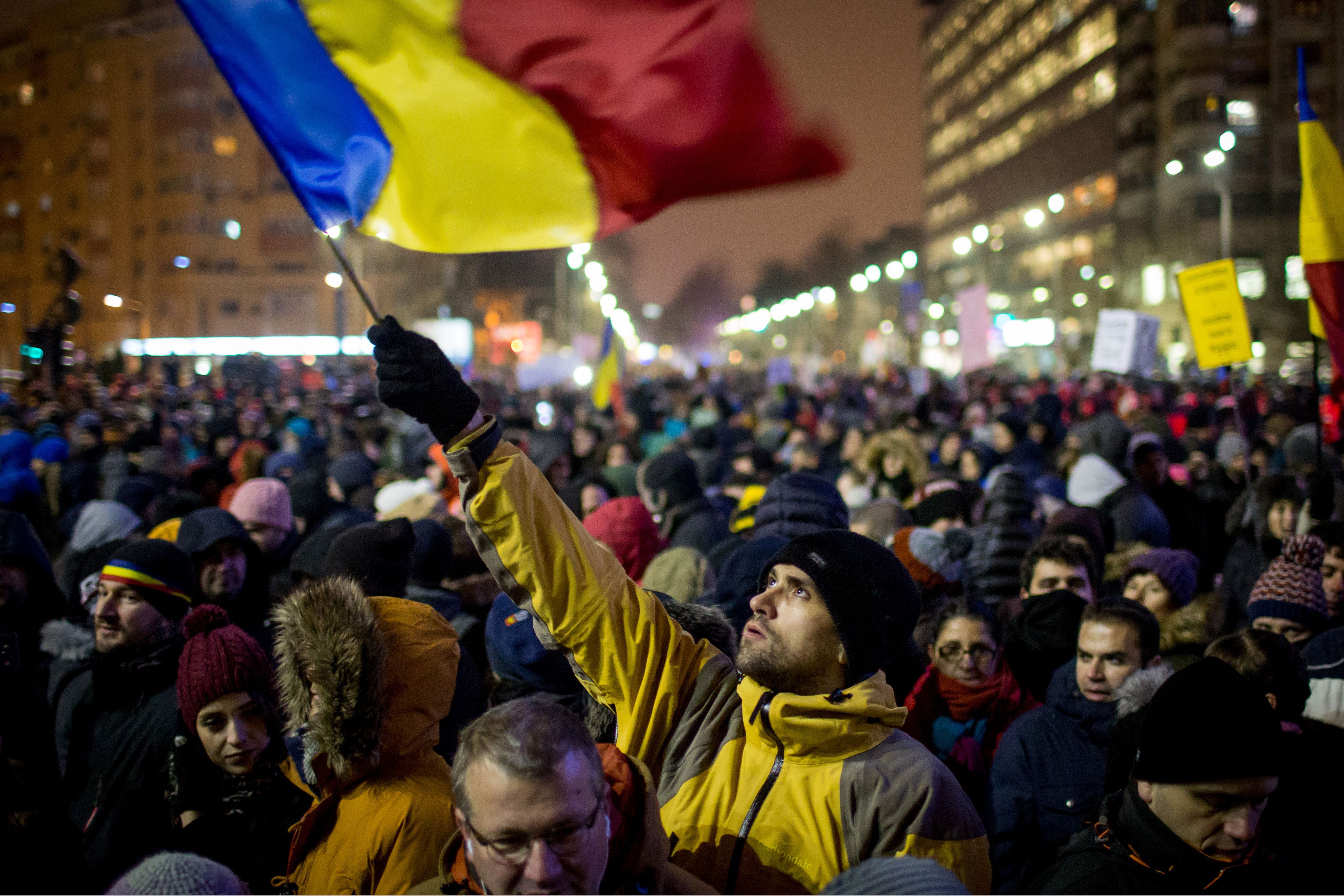Undocumented immigration is a public health issue. And while policymakers generally choose to ignore the link between immigration and health, COVID-19 is finally forcing us to come to terms with the deadly cost of forcing more than 11 million residents to live in the US without legal documentation.
COVID-19 is a threat to everyone. In addition to spreading at a faster rate than the common flu, the novel coronavirus has been killing people at nearly 10 times the rate of the seasonal flu. Still, the virus has disproportionately impacted communities of color, and in particular, immigrants.
Since March, 2020 COVID has killed 71 people per every 100,000 residents. That rate rises to 79 per 100,000 in Latinx communities, compared to just 62 per 100,000 in white communities. And while Black (114/100,000) and Indigenous (108/100,000) communities report higher mortality rates, Latinos are by far the youngest population in the US, and thus, in theory, should be among the least at risk to COVID.
However, coronavirus-associated mortality rates don’t fully capture the impact of the pandemic on Latinx communities. To better understand the effects of COVID, we must look at excess death tolls, which are highest amongst Latinos and Hispanics aged 25 to 44.
Excess Death Tolls
Deaths officially associated with COVID tend to underestimate the actual death toll of the pandemic because not all people who die of COVID are actually diagnosed with the virus. Excess death tolls, in turn, compare death rates since the beginning of the pandemic with death rates across US communities in previous years.
For example, by October 15 there were 216,025 reported deaths associated with COVID-19 in the US. However, between January and October, there were 299,028 excess deaths. With a 12 percent increase, White people reported the smallest rise in mortality rates compared to previous years. In turn, Latinos reported the largest increase with a 54 percent jump in mortality rates.
Why is the youngest population in the US bearing the brunt of COVID-19?
Higher death rates amongst Latinos are due to a myriad of factors including poverty, inequality, discrimination, and preexisting conditions. However, the disproportionate impact of COVID on Hispanics is also related to the relatively large Latinx immigrant population.
Unlike US citizens, immigrants are particularly vulnerable due to their inability to put their lives on hold. This is particularly true for undocumented immigrants, who are treated as disposable labor, and thus, unable to request extended leaves of absence from their places of employment.
The Story of Maria
Maria Rivera, who is originally from Mexico, lives in a trailer park on the outskirts of Durango, Colorado. Maria came to the US decades ago with the hope of improving her life. Now, she and her boyfriend are fighting for their lives.
For the last year, Maria has been the main provider for her five grandchildren aged 2, 3, 4, 6, and 7. Her daughter-in-law, who is also undocumented, had to return to Mexico for family reasons. She’s been unable to get back into the US, however, due to her legal status. And Maria’s son, who lives with her and works under the table for local construction companies, comes and goes from the house.
“Migration has been after him for months,” she said. “They’ve come to the house looking for him.”

To make ends meet, Maria watches other kids from the neighborhood and sells homemade food. Her grandchildren are mixed status. The oldest is undocumented, and thus, like his grandmother, cannot receive public benefits. The other children were born in the US and are eligible for benefits such as Medicaid. However, Maria speaks very limited English, and as a result, struggles with the complicated government bureaucracies that one must navigate in order to access public assistance.
Since March, her oldest grandchildren have spent more time at home studying via remote learning than in school. And although the school district provided her family with a computer, Maria doesn’t know how to use it, leaving her grandchildren by themselves to connect with their class each day. Most days, they simply don’t.
Since March, Maria has struggled financially, but has survived in large part due to the help she’s received from Compañeros: Four Corners Immigrant Resource Center.
Beatriz Garcia, who serves as Compañeros’ program manager, has worked closely with Maria.
“Maria’s situation is really dire. Like so many other immigrants, COVID has cut into her earnings. We’ve helped her access food and rent relief, but she needs more help now than ever. Her boyfriend is on a ventilator with COVID, she just tested positive, and her grandchildren, who depend on her, are now taking care of each other and doing their best to support grandmother.”
Maria, who is diabetic, should be at home in isolation. But as the sole provider in her family, she’s the only one who can drive to the store, so she’s still venturing out.
“We see this a lot,” Garcia said. “Some of it is due to lack of knowledge, but mostly, families are living month to month and can’t risk losing their work. Employers know their documentation status, and they know they’re disposable.”
As a result, many immigrants mask their symptoms or simply avoid testing altogether. This helps explain why, despite a lower official COVID-19 death rate than other minorities, Latinos have experienced the largest rise in excess death since the pandemic began in March.
“What good is a positive test if you know you have to go to work anyways?” Garcia said in between calls with clients. “Families know what they’re facing but they don’t know what else to do. Who’s going to give back their lost wages? And who is going to find them a new job when they get better? And who is going to pay their medical bills?”
Living in the Shadows of Society
In a country that forces millions of people like Maria to live in the shadows of society, sheltering in place is the ultimate privilege. But as the pandemic reveals, the consequences of forcing people to live without legal status extend well beyond the immigrant community itself. Many undocumented immigrants have continued with their lives as a means of keeping their heads above water, but in doing so, they have put themselves and others at risk.
“People don’t see undocumented immigrants,” Garcia said. “Most people don’t even know they exist but they’re the center of our economy because they work behind the scenes in everything. They are cooks, mechanics, maids, day laborers, you name it, they do it.”
Immigrants, in other words, are the ultimate connectors. And in forcing the undocumented to live in subhuman conditions, we place our entire community at risk. This is particularly evident now, amid the height of the largest global pandemic since the Spanish flu.
As the COVID-19 pandemic illustrates, economics and health are intimately related, and providing a path to documentation for our nation’s undocumented residents is about more than legal status, it’s a question of public health.
Disclaimer: The views and opinions expressed here are those of the author and do not necessarily reflect the editorial position of The Globe Post.






















